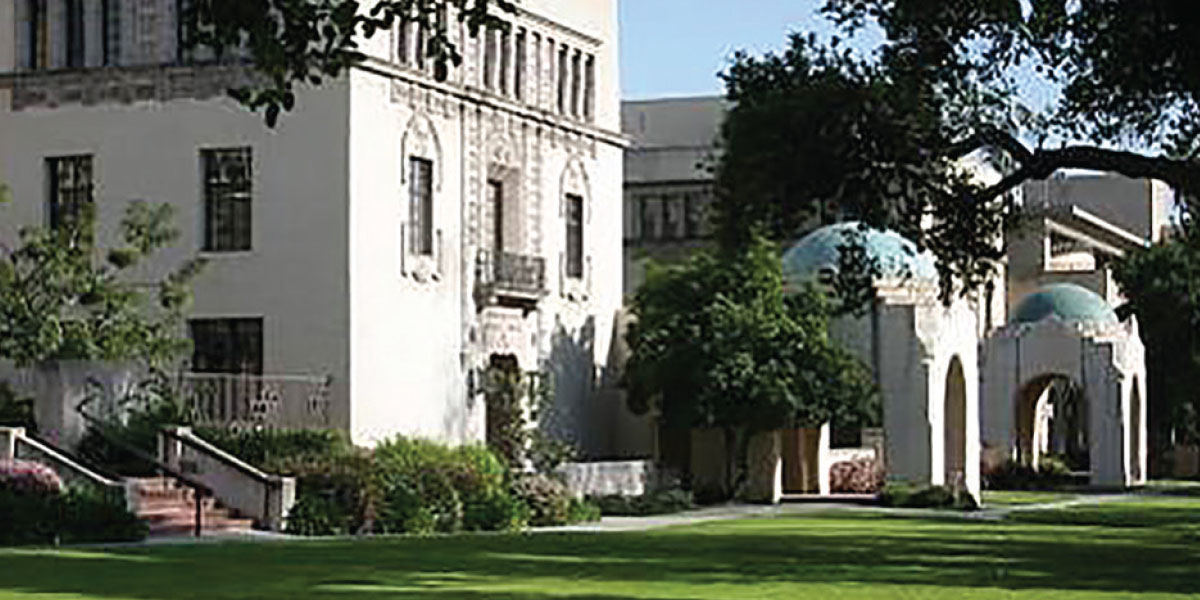By employing technology and an entrepreneurial spirit, the California Institute of Technology (Caltech) in Pasadena has reduced energy consumption, while earning a respectable return on investment.
Our Caltech Energy Conservation Investment Program (CECIP), created in 2009 and financed by the institute’s endowment, allows us to borrow money from an internal, capital revolving fund; implement energy conservation measures; and—from avoided costs—pay back the debt. Caltech created this energy conservation investment program to finance energy-efficiency projects that would reduce our energy intensity and expenses.
For an energy project to be considered as a candidate for funding, it must:
- Exhibit verifiable savings.
- Project a simple payback within six years or fewer.
- Include a plan for measurement and verification.
Since CECIP’s inception, the institute has invested about $19 million in energy projects and received more than $3 million in incentives from utility companies. The cumulative avoided utility costs total nearly $7 million.
A key tenet for the success of our green revolving fund is that, even though we have reduced our utility expense, we do not reduce the utility budget. Instead, we conduct a quarterly verification of avoided costs generated by each project and reimburse the revolving fund from the utility budget.
This year, we are paying back our debt at a rate of about $2 million per year. Although we require that our CECIP-funded projects provide a minimum return of 15 percent, the program to date has produced ROI of more than 20 percent. For this and other reasons, NACUBO recognized the CECIP with a 2014 Innovation Award.
What’s Under the Hood?
CECIP garnered some early wins for Caltech from lighting-retrofit projects, but the more substantial savings have come from building retrocommissioning projects, which can fundamentally change the way a building operates. Key measures implemented in our projects include:
- Conversion of many of our older, pneumatically controlled buildings to direct digital controls, combined with the implementation of operating schedules and energy-saving logic.
- Installation of variable-frequency drives on air handlers to save fan energy.
- Conversion of fume hoods in our research buildings from constant air volume to variable air volume, which requires the conditioning of less makeup air.

At this point, we have implemented CECIP projects in about half the space on our campus. These energy conservation measures have allowed us to realize savings of about $1 per square foot per year in our general administrative space and about $3 per square foot in a laboratory building. Overall, CECIP has reduced our energy intensity by 10 percent. An added benefit has been greater occupant comfort and fewer complaints.
Active Energy Management
While a retrocommissioning process optimizes building operating systems, the American Society of Heating, Refrigeration, and Air Condi-tioning Engineers reports that energy usage can creep up by 3 to 5 percent per year during a postcommissioning period. With that in mind, after our buildings undergo CECIP-funded projects, we enter them into an active energy management (AEM) phase. This program proactively monitors building performance to sustain the optimized operating conditions and avoid the anticipated energy drift.
Another important element of AEM is the training of technicians to understand the new control components and the design intent of the building’s operating logic. This is important for not only maintaining the optimized energy usage, but also for ensuring we realize the forecasted savings, which enable us to reimburse the revolving fund.
SUBMITTED BY William R. (Bill) Taylor, senior director of facilities management, California Institute of Technology, Pasadena


